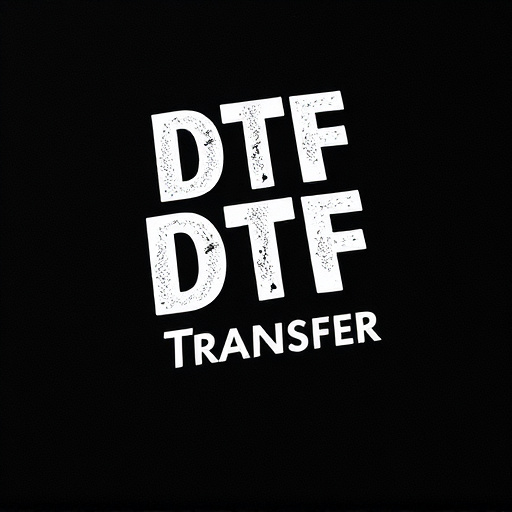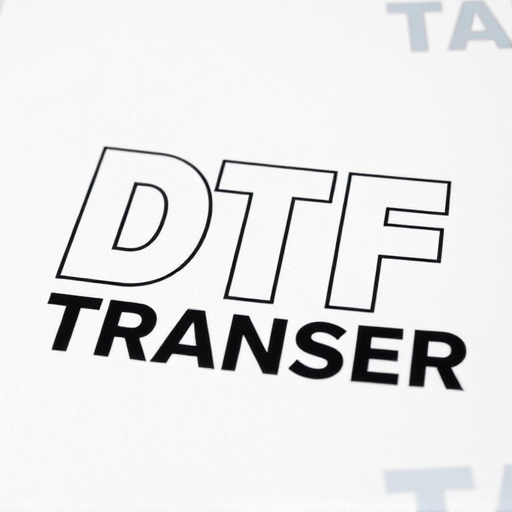Understanding labor charges is crucial for comparing costs in projects like home renovations or office fit-outs, with factors such as work complexity, expertise required (e.g., electrical, plumbing, structural), location, material costs, travel time, and specialized tools influencing rates. Professional intake installation, vital for optimizing processes and enhancing efficiency, includes assessment, planning, hardware/software integration, testing, and optimization, with labor costs typically ranging from $50 to $200 per hour. While these expenses may seem high, they're an investment in long-term cost savings and improved productivity. When hiring professionals for specialized projects like intake installation, create detailed estimates accounting for variations, research local market rates, and understand pricing structures (hourly, per project, contractual) to budget effectively.
“In any construction or renovation project, understanding labor charges is paramount. This comprehensive guide delves into the intricate world of labor costs, specifically focusing on the ‘professional intake installation’. We explore the factors that influence these charges and provide a detailed breakdown of services and expenses.
Furthermore, we equip readers with strategies for smart budgeting by comparing labor costs, ensuring informed decisions in managing project finances.”
- Understanding Labor Charges: What Influences Cost
- Professional Intake Installation: A Detailed Look at Services and Expenses
- Comparing Labor Costs: Strategies for Smart Budgeting
Understanding Labor Charges: What Influences Cost

Understanding the factors that influence labor charges is crucial when comparing costs for any project, whether it’s a home renovation or an office fit-out. The professional intake and installation process involves various considerations that contribute to the overall expense. One of the primary drivers is the complexity and scope of work required, as more intricate tasks naturally demand higher skilled labor and thus command premium rates.
The type of services rendered also plays a significant role; specialized skills in areas like electrical work, plumbing, or structural modifications will typically incur higher costs due to the expertise involved. Furthermore, labor charges can vary based on geographical location, with urban centers often experiencing higher wages and overhead expenses compared to suburban or rural regions. Material costs, travel time, and the need for specific tools or equipment are other factors that service providers consider when determining their rates, ultimately shaping the overall price point for clients considering professional intake and installation services.
Professional Intake Installation: A Detailed Look at Services and Expenses

Professional intake installation is a crucial process that involves the meticulous setup and configuration of various systems within a facility, ensuring smooth operations and compliance with regulations. This service is particularly essential for businesses seeking to optimize their processes, enhance efficiency, and maintain high standards. The scope of professional intake installation encompasses a wide range of tasks, from initial assessment and planning to hardware and software integration, testing, and final optimization.
The costs associated with professional intake installation can vary significantly based on several factors, including the complexity of the project, the size and type of facility, and the specific requirements and customizations needed. On average, labor charges for such services typically range from $50 to $200 per hour, with some projects requiring specialized skills or equipment potentially commanding higher rates. It’s important to note that these expenses are an investment in ensuring a robust and efficient operational foundation, which can lead to long-term cost savings and improved productivity.
Comparing Labor Costs: Strategies for Smart Budgeting

When comparing labor costs, it’s essential to look beyond the surface price and consider various factors that can impact your budget. Different projects may require specialized skills, and professionals often charge varying rates based on their expertise and experience. For instance, a professional with extensive knowledge in intake installation might command higher rates than someone with basic training, reflecting the value of their specialized labor.
To ensure smart budgeting, create detailed estimates that factor in potential variations. Consider average labor costs for each type of work and research local market rates to stay informed. Additionally, inquire about pricing structures when hiring professionals—whether it’s by the hour, per project, or on a contract basis—to make informed choices that align with your project scope and budget constraints.
When comparing labor charges, understanding the factors influencing costs is key. The article has provided a detailed look at professional intake installation services, revealing that while labor is a significant expense, strategic budgeting can optimize your investment. By considering the skills required, time involved, and industry standards, you can make informed decisions. Remember, a well-planned project with clear communication ensures both quality workmanship and budget adherence, making professional intake installation an affordable and reliable choice.














